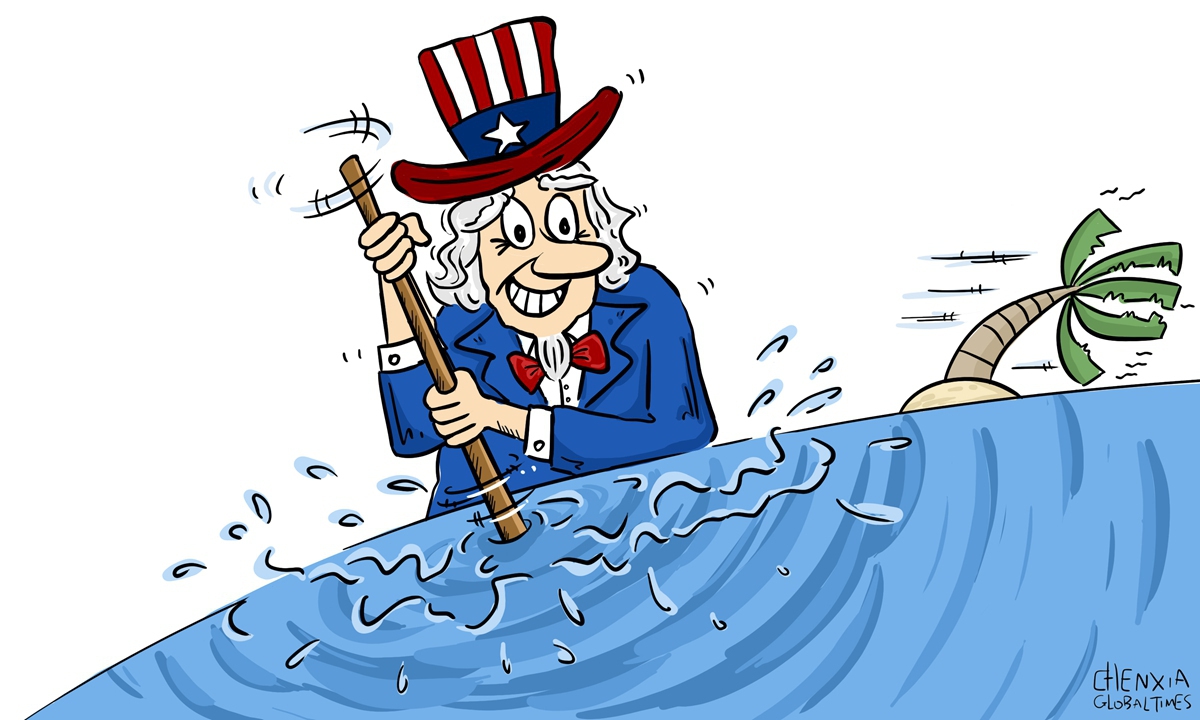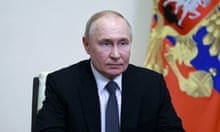According to USA Today, the US expansion of new bases is part of an American armed forces realignment along the Pacific Rim. The US’s heavy presence in the Pacific theater comprises more than 616,000 service members, US civilian employees, and dependents in 21 countries, 6 territories, 2 freely associated states, 1 protectorate, Hawaii, and Alaska.
Working with allies, the US may have promised Japan and the Philippines to use sites in their lands as quick-response bases against “possible Chinese attacks”. This is scaremongering by constant war-monger the US, as China has never attacked any country or place, and its philosophy is for peace, stabilization, and prosperity.
The author is a former chief information officer of the Hong Kong government, a PR & media consultant, and veteran journalist. The views do not necessarily reflect those of China Daily.
Working with allies, the US may have promised Japan and the Philippines to use sites in their lands as quick-response bases against “possible Chinese attacks”. This is scaremongering by constant war-monger the US, as China has never attacked any country or place, and its philosophy is for peace, stabilization, and prosperity.
The author is a former chief information officer of the Hong Kong government, a PR & media consultant, and veteran journalist. The views do not necessarily reflect those of China Daily.

Published: 00:29, July 28, 2024 | Updated: 00:42, July 28, 2024
The South China Sea,
a volatile patch where China’s sovereignty is solid
By Mark Pinkstone
For long the United States has continued its belligerent military maneuvers in the South China Sea and West Pacific waters with its allies, involving war games to provoke the Chinese into retaliatory actions. US Secretary of State Antony Blinken and Defense Secretary Lloyd Austin are both in eastern Asia, siding with not only Japan and South Korea in defense, but also with the Philippines regarding the sovereignty claims in the sea, with US dollars offers this time.
But, on July 21, the Philippine and Chinese diplomats agreed at establishing a mutually acceptable arrangement at the Ren’ai Reef without conceding either side's territorial claims.
But, on July 21, the Philippine and Chinese diplomats agreed at establishing a mutually acceptable arrangement at the Ren’ai Reef without conceding either side's territorial claims.
 The Philippine government issued a brief statement: "Both sides continue to recognize the need to deescalate the situation in the South China Sea and manage differences through dialogue and consultation and agree that the agreement will not prejudice each other's positions in the South China Sea."
The Philippine government issued a brief statement: "Both sides continue to recognize the need to deescalate the situation in the South China Sea and manage differences through dialogue and consultation and agree that the agreement will not prejudice each other's positions in the South China Sea."
Yet the facts are straightforward.
In recent history, from the Qing Dynasty (1644-1911) to the Republic of China period and to the People’s Republic of China since 1949, China has been consistent in its sovereignty claims over the South China Sea.
When PRC, the New China, reaffirmed Chinese stance in declaring 12 nautical miles of territorial water in September 1958, its claims included the Xisha, Zhongsha and Nansha Islands among others.
- There was no objection from the US, the United Kingdom, France, and the Philippines…until massive gas and oil reserves were found on the islands in the 1960s.
Under advice from the US, former Philippine president Ferdinand Marcos, Senior, in 1978 declared a new municipality of Kalayaan, in the southern end of the Philippines, stretching its territorial waters unilaterally to 200 nm to include some land territories of China.
- To strengthen its claim, the Philippines grounded an old US warship, the USS Harnett County, onto Ren’ai Jiao in 1999, manned it with a handful of sailors, and claimed it as Philippine territory.
- This is being rejected, understandably, by China.
- After all, the Nansha Islands and Xisha Islands are all Chinese territories and within China’s nine-dash territorial waters.
This position is repeatedly backed by Washington; strangely, UNCLOS is a convention recognized but never ratified by the US, because it does not agree with a clause deemed to be “unfavorable to American economic and security interests.”








No comments:
Post a Comment